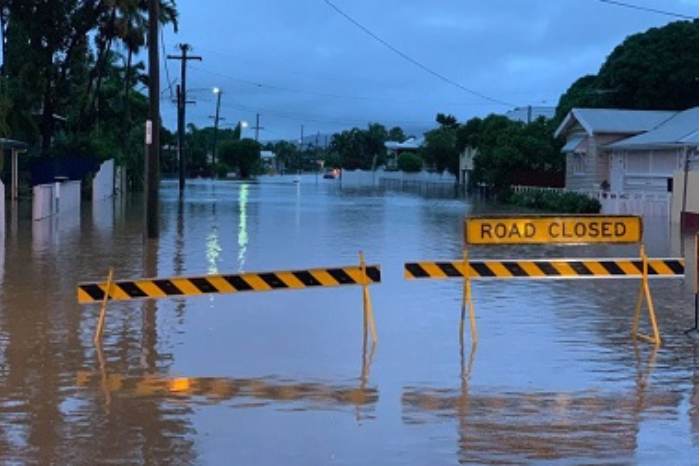‘Significant event’ declared as Sydney, Australia floods worsen

The Insurance Council of Australia (ICA) has now declared a ‘significant event’ for the developing severe flooding in Sydney and the surrounding region of the country, as now more than 50,000 people are under evacuation orders.
As we reported the other day, parts of eastern Australia are flooding again after an East coast low brought torrential rains and strong winds to the country.
Sydney has been particularly affected, with households evacuated and flood warnings in place, as well as property damage being reported.
For some households and businesses, this is the third or fourth flood event for them in 2022 so far, wrecking people’s thoughts of flood risk in their suburbs being a 1-in-50 year event, or similar.
The ICA said it has declared this ‘significant event’ for parts of New South Wales that have been impacted by significant storms and flooding over the past few days.
The ICA’s has also activated its preliminary catastrophe processes, which help it and insurance firms to assess the insurance impact of the current flood event.
It means the ICA will report on the claims and ultimately the loss that insurance and reinsurance markets will face, as it will begin collecting data from its members.
“This event may be escalated to an insurance catastrophe if there is a significant increase in claim numbers or complexity, if the geographical spread of this event is extended or in consultation with insurers,” the ICA explained.
The flooding has been most acutely felt by communities surrounding the Hawkesbury and Nepean Rivers, but in this case every region impacted by flood in New South Wales since July 1st will fall under the ICA’s significant event declaration.
The weather event is still unfolding, with reports that some parts of Sydney have received eight months of rain in four days.
Severe weather is also hitting the nearby Hunter and Illawarra regions, while rivers continue to rise and reach flood stage.
As much as 800mm of rain has been recorded in four days, Australia’s Bureau of Meteorology has said.
There are now over 100 evacuation orders in place, covering more than 50,000 people.
Properties and businesses continue to flood and with river levels still rising this is expected to worsen over the coming hours, likely raising any eventual insurance and perhaps reinsurance market impact.
The rains are forecast to ease through today, Tuesday, but strong and gale force winds may exacerbate the situation bringing down trees, authorities have suggested.
ICA CEO Andrew Hall commented, “This is the fourth flood event for some New South Wales communities this year and we understand this is going to be an incredibly difficult time for many.
“Insurers understand the emotional impact of these extreme weather events which are becoming more frequent and severe and will be taking swift action to ensure communities receive the assistance they need as quickly as possible.
“Insurers are well prepared to respond to these events, but it is clear the community needs to be better protected from worsening extreme weather and that requires greater investment in mitigation and resilience.”
This July flood catastrophe in Australia comes as parts of the eastern and southeast coastal areas of the country are still recovering from numerous flood events that occurred earlier this year.
This year’s East Coast Flood from February and March now holds the record as the costliest flood in Australian history and the third most costly natural catastrophe event, according to the Insurance Council.
Australia’s severe flooding that affected South-East Queensland and Northern New South Wales in February and March 2022 is now counted as the third most costly extreme weather event ever recorded in the country, as the insurance and reinsurance industry loss estimate has been raised to AU $4.8 billion.
Reinsurance costs are forecast to keep rising for Australian property and casualty insurers, as natural catastrophe industry loss costs in the country have escalated significantly in recent years, S&P Global Ratings said recently and this flood episode will not instil any more confidence in reinsurers writing business in the country.
This latest flood event comes as Australian insurers have renewed much of the reinsurance arrangements.
As we reported yesterday, Suncorp has renewed its towers, but its aggregate attachment point has raised significantly, so it has less cover for smaller, more frequent insurance catastrophes.






